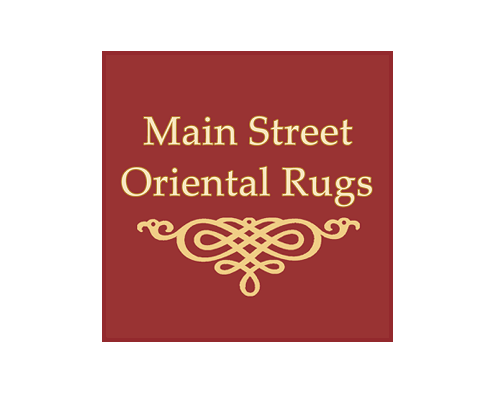Afghanistan has been in tough conditions over the past decade. Harsh economic competition and violence have stifled many traditional industries, among them, of course, is rug weaving. But rug weaving is not just rug weaving. The presence of this industry is usually indicative of the local area's general condition.
To help remedy the situation, an organization known as GoodWeave is revitalizing the rug weaving industry in Afghanistan. Keeping the local weavers competitive with cheaper, machine-weaved rugs is a challenge, but it's one that GoodWeave is willing to take on.
More information can be seen in the article linked below.
http://www.goodweave.org/index.php?pid=9401
Thursday, October 24, 2013
Friday, October 11, 2013
Indian Carpet Weaving through History
Indian Rug weaving, an industry born from an artistic expression, has been prevalent since the sixteenth century AD. Made of wool and dyed with vegetable dyes, all of these rugs clearly reflect the rich history of India, some even portraying India's tribal traditions. Some towns in Uttar Pradesh host the creation of Gabbeh Rugs, namely Bhadohi, Varanasi, and Khamaria. The most popular locations, however, are as follows;
Is this area successful? You bet it is. Over five hundred thousand people are currently employed in the India rug weaving industry. All of the rugs produced here usually are shipped out the largest rug buying countries; Germany, The United States of America, Switzerland, Great Britain, and Canada, in that order.
- Mirzapur
- Punjab
- Amritsar
- Pathankot
- Jaipur in Rahasthan
- Kashmir
- Dharamshala in Himachal Pradesh
- Darjeeling in West Bengal
Is this area successful? You bet it is. Over five hundred thousand people are currently employed in the India rug weaving industry. All of the rugs produced here usually are shipped out the largest rug buying countries; Germany, The United States of America, Switzerland, Great Britain, and Canada, in that order.
Tuesday, October 1, 2013
Antique Chinese in Stock. What's its history?
We have recently stocked an Chinese antique carpet. Hailing from the 1920's, this Chinese rug certainly has its fair share of history, raising the question of "What exactly led to the creation of rugs and those like it?". For centuries now, China has been the site of a strong rug weaving tradition, rivaling other traditional weaving areas, such as India. Starting around the 1600's, the industry eventually built up to the point of making fine rugs for the Chinese Imperial Court around the mid to late 1800's. After the turn of the century, and into the 1920's and 1930's, Chinese weavers began to feel cultural influence from the changing, modern styles. In response, Chinese-woven rugs began to shed tradition in favor of contemporary art-deco styles seen elsewhere in the 1920's. The rug that we have in stock was made during this key transition, and is clearly woven in the traditional style, making it a relic of tradition in what was a very turbulent time for the Chinese rug weaving trade. The "friendship" motif featured in the center of this rug captures the values of traditional Chinese weavers.
Subscribe to:
Posts (Atom)

